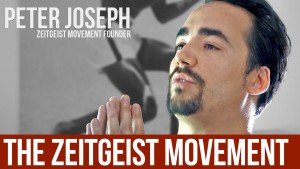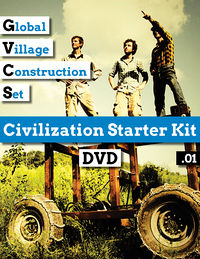
“One voice made up of three hundred million people containing billions of brain cells all working together to solve the problems of today, making the world a better place for the children of tomorrow.” ~ David Frank ~
A “LOCAL ISSUES TELEVISION AND RADIO STATION” (Your Local Public Broadcasting Station) to send the information out to the community.
A “COMMUNITY COMPUTER” (Community Voter Database) to receive the calls (votes) from any touch-tone phone. The computer will verify the voter, ask what issue number they want to vote on, count the vote and prevent multiple voting. Issues of, by and for the people…
See Also:







